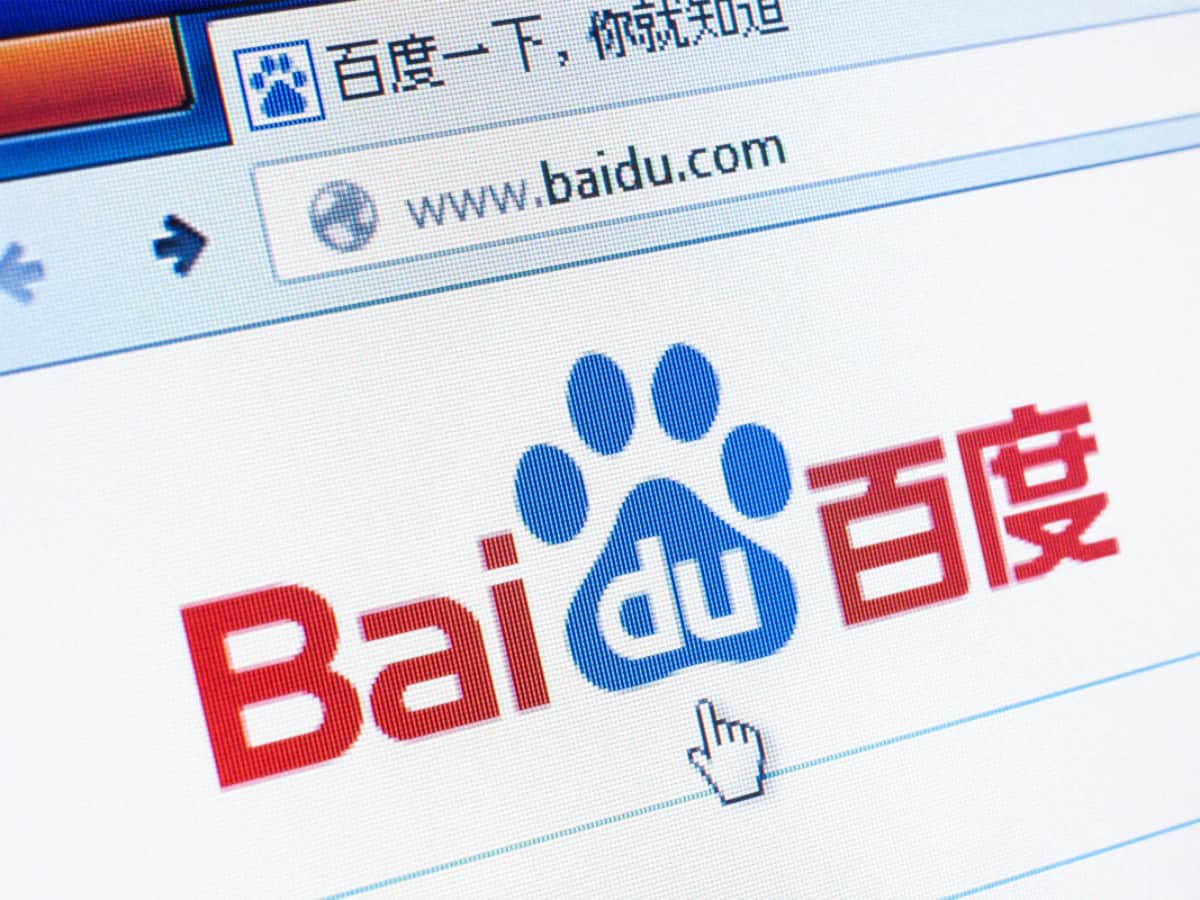Chinese search engine Baidu Inc. (BIDU) reports Q3 2020 earnings after Monday’s U.S. closing bell, with analysts looking for a profit of $13.08 per-share on $27.5 billion in revenue. If met, earnings-per-share (EPS) would mark a 750% profit increase compared to the same quarter in 2019. The stock fell more than 6% after posting mostly in-line results in August but recovered quickly and is now trading at a 10-month high.
Baidu Marketing On The Mend
Baidu’s marketing division produces 85% of total revenue, exposing price action to cyclical economic trends. That division took a hit during the first quarter shutdown but is now back on the growth track. Search inquiries and revenue driven by the hugely-popular mobile app rose 28% in Q2 2020 and double digits year-over-year, raising prospects for strong performance in coming quarters. In addition, the company expects to enhance average revenue per user (ARPU) through membership, gaming and live streaming initiatives.
Barclay’s analyst Gregory Zhao just upgraded the stock to ‘Overweight’ and raised the price target to $170, noting, “we think both the online marketing services and the new AI initiatives of Baidu Core are reaching an inflection point. Since 2Q20 its marketing division has followed the online ad industry’s recovery trend to gradually restore growth momentum. We also see substantial upside in the potential monetization through membership, gaming and live streaming to fully utilize existing traffic.
Wall Street And Technical Outlook
The stock has underperformed broad technology benchmarks in recent years, despite bullish Wall Street coverage. It’s currently rated at a ‘Strong Buy’, based upon 7 ‘Buy’ and 2 ‘Hold’ recommendations, and no analysts are recommending that shareholders close positions. Price targets currently range from a low of $130 to a Street-high $182 while the stock closed Friday’s U.S. session $14 below the median $160 target.
Baidu posted new three new highs into 2018 and entered a steep decline that hit a 7-year low in the first quarter. It spent the last 8 months working back to the January 2020 high at 147 and just completed the 100% retracement. This level marks a high volume 2019 breakdown through the 2018 low, as well at 200-week moving average resistance. A better-than-expected report and strong guidance may be needed to mount this formidable barrier.

